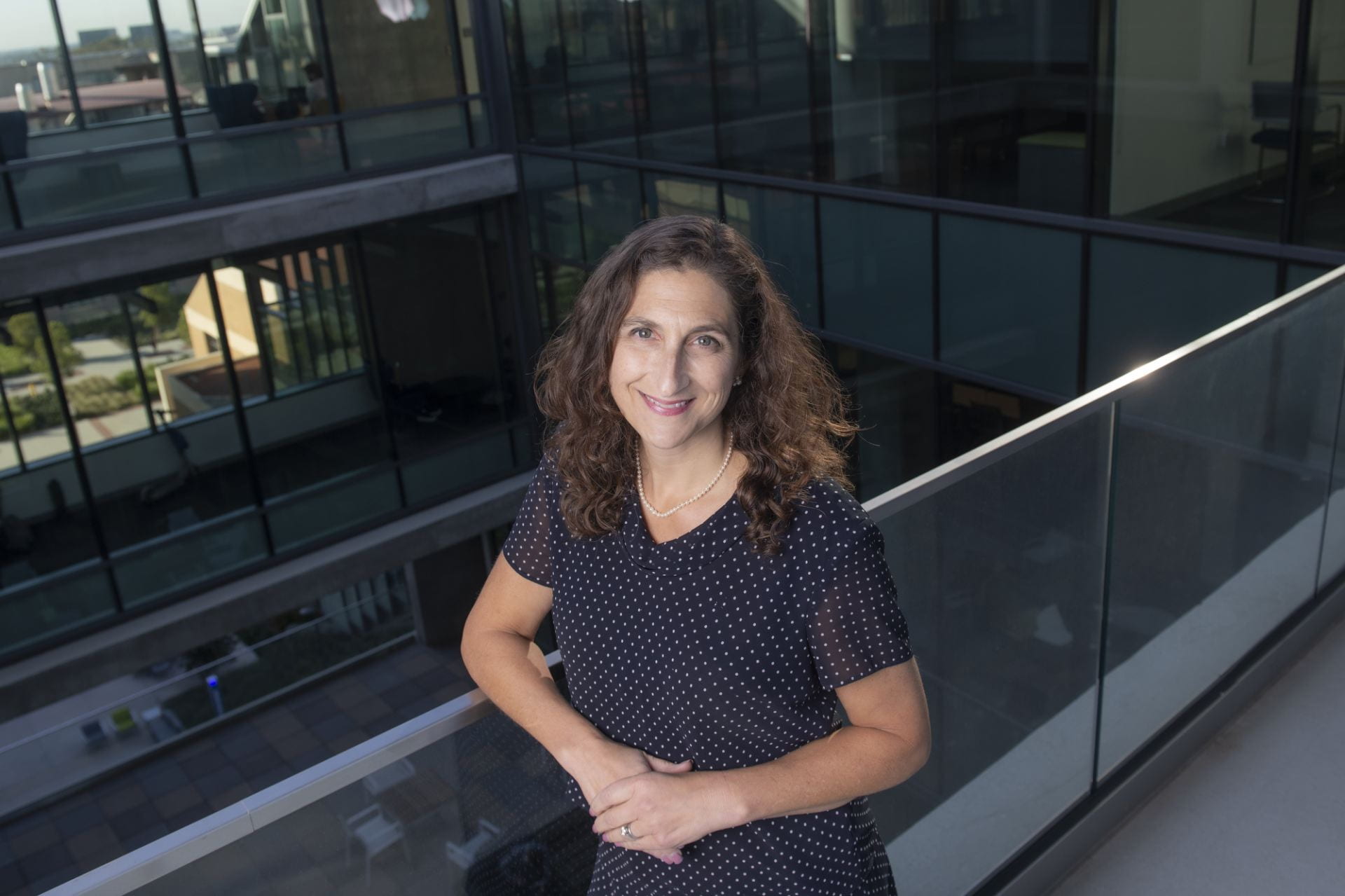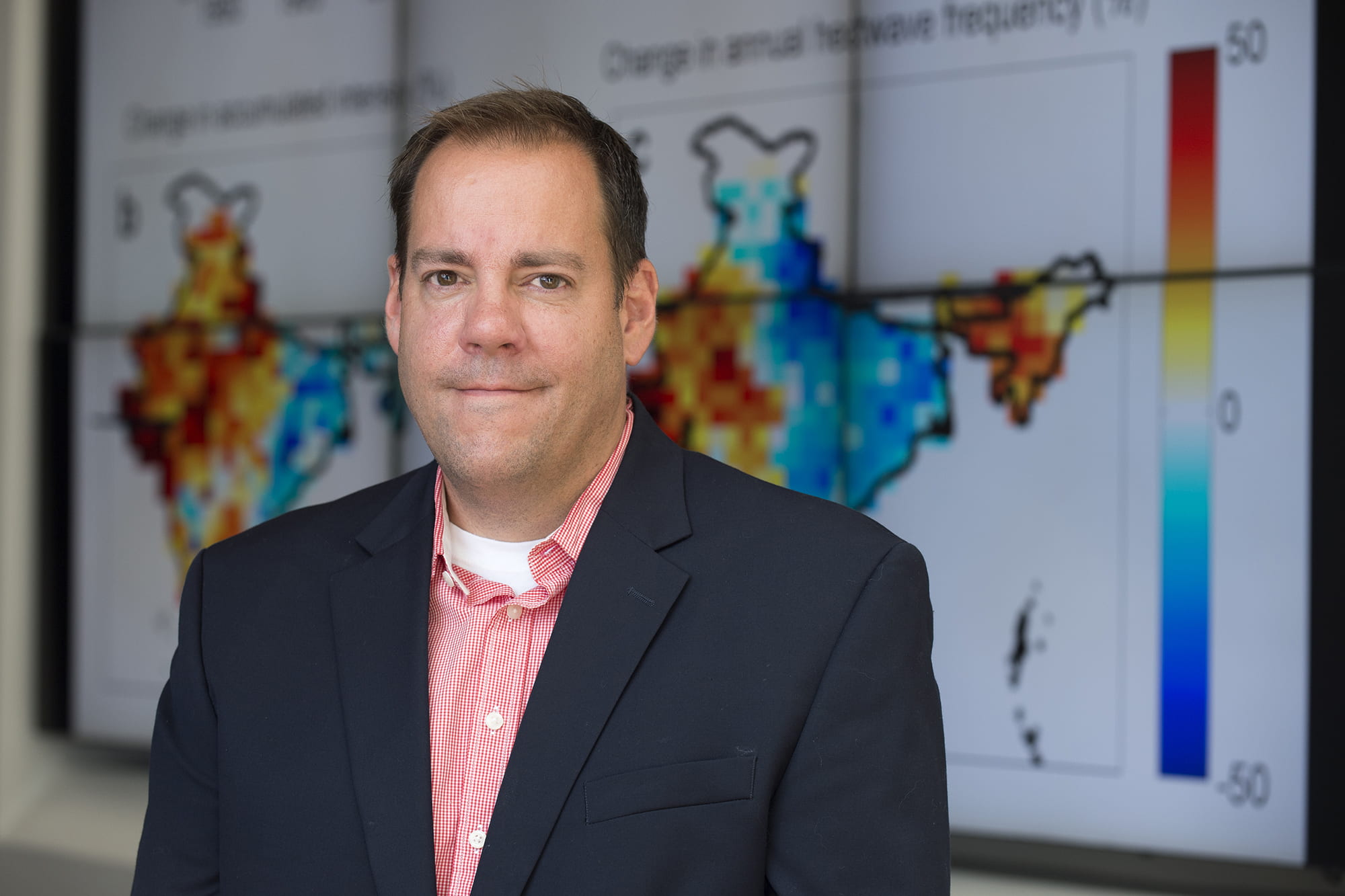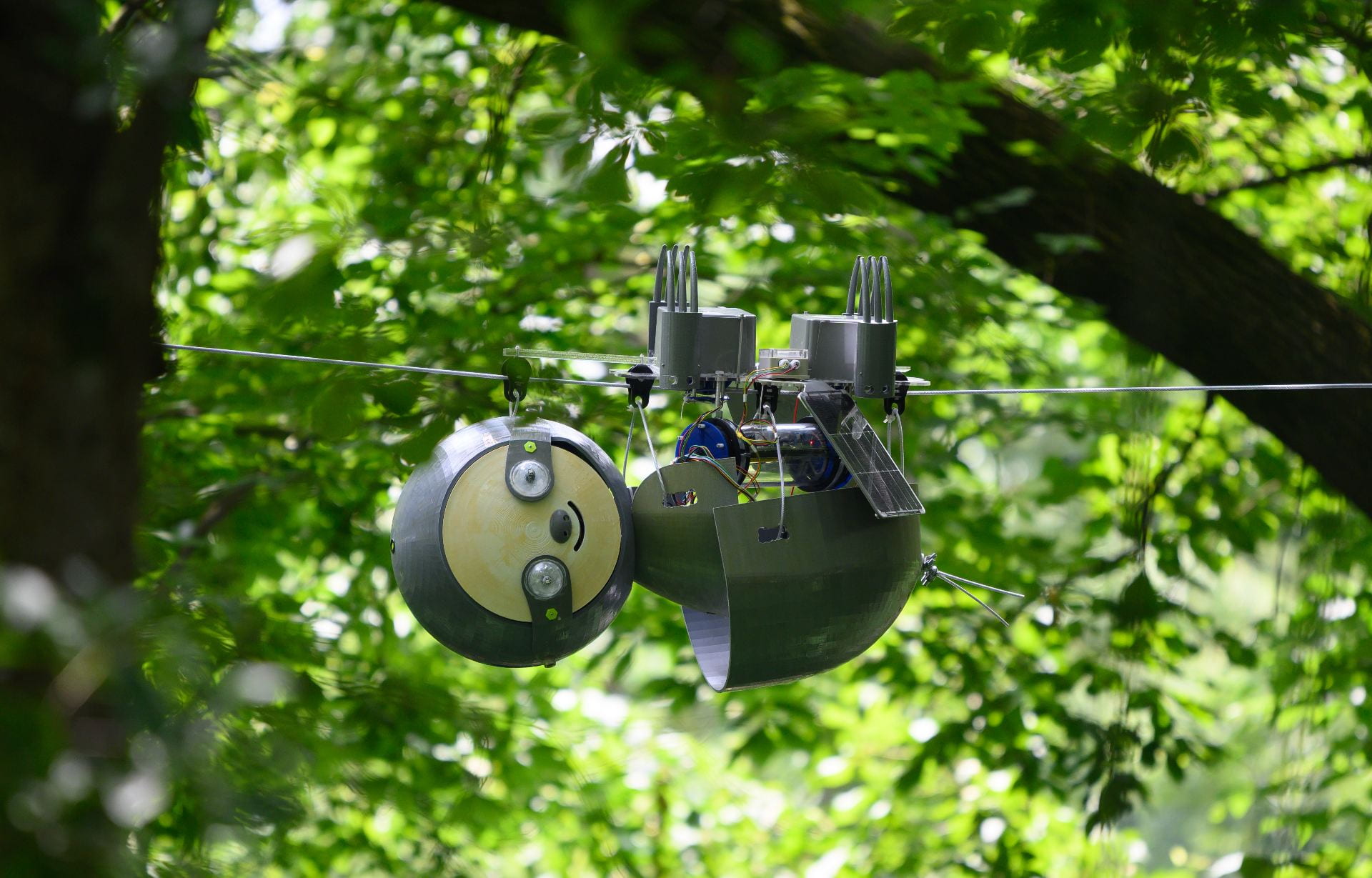At the heart of O.C.’s medical technology ecosystem
UCI’s Edwards Lifesciences Foundation Cardiovascular Innovation and Research Center enters new era with latest philanthropic gift

National Institutes of Health experts say that people who are fortunate enough to survive a brush with COVID-19 may go on to suffer poor cardiovascular health in the future because of the infection. As these millions stand to join others with heart disease – the leading killer of men and women worldwide – the need for affordable, accessible, advanced treatments is becoming increasingly urgent.
Scientists and engineers in UCI’s Edwards Lifesciences Foundation Cardiovascular Innovation and Research Center have been anticipating this outcome since the early days of the pandemic. Anna Grosberg, associate professor of biomedical engineering, has assembled a team of her doctoral, master’s and undergraduate students for a project investigating the impact of coronavirus-caused hypoxia on the heart.
“Chronic heart conditions already were a significant challenge for the medical technologies community to tackle, and now that we can expect multitudes of post-COVID-19 cardiovascular illness cases to occur in the coming years, we really have our work cut out for us,” said Grosberg, a tissue engineering specialist who joined the research center in 2012.
She is one of seven fully dedicated faculty members in CIRC, which also includes nearly 20 affiliated faculty researchers. A highly productive group, CIRC core faculty have more than 200 publications to their names since the center was founded in 2009. And in that time, they have graduated 39 Ph.D. and 25 master’s students and have been awarded more than $70 million in research funding.

“Our philanthropic support and engagement with academic institutions like UCI is one way Edwards Lifesciences is investing to help innovation thrive here in Orange County.”
Mike Mussallem
Edwards Lifesciences’ chairman and CEO
This is the sort of outcome that the leaders at Edwards Lifesciences were hoping for with their initial investment of $5 million from Edwards Lifesciences Foundation in 2007 that led to the establishment of the center. This year, Edwards made a renewed gift of $2.2 million to aid in the recruitment and hiring of CIRC’s new director, Naomi Chesler, UCI Chancellor’s Inclusive Excellence Professor of biomedical engineering.
Her long-standing commitment to serving underrepresented people in the healthcare setting is one quality that appealed to senior figures at the Edwards Lifesciences Foundation, according to Amanda Fowler, Edwards’ head of global corporate giving.
“Dr. Chesler’s expertise in, commitment to and passion for addressing health disparities is a huge advantage for UCI’s Cardiovascular Innovation and Research Center,” says Fowler. “We continue to be impressed with and learn from her insights into how medical technologies are innovated and engineered, and then how their application can differ due to ethnicity or gender. Deep understanding of health disparities is critical to the charitable work of our Every Heartbeat Matters initiative and to achieving our commitment to improving the lives of underserved structural heart and critical care patients around the world.”
In its 12-year history, CIRC has become firmly entrenched in Orange County’s medical technologies ecosystem, in which Irvine-based Edwards Lifesciences is a major force. Those graduating from UCI with degrees in biomedical engineering and other fields have filled the pipeline of talent to large firms as well as the many startups headquartered in the area. Edwards itself employs more than 500 UCI graduates, according to the UCI Alumni Association.
![] Timothy Downing, UCI assistant professor of biomedical engineering, images genetically modified stem cells in his laboratory](https://news.uci.edu/files/2021/11/downing_170207_01_sz-1024x682.jpg)
“Our philanthropic support and engagement with academic institutions like UCI is one way Edwards Lifesciences is investing to help innovation thrive here in Orange County,” says Mike Mussallem, Edwards’ chairman and CEO, who is also a trustee of the UCI Foundation. “Collaboration among industry, academia and even healthcare providers in our region is critical to building up O.C. as a place where people want to stay, grow and thrive, making our community even stronger.”
Fowler says that one of the components of the latest $2 million funding phase – a new internship program – is designed to help train UCI students in some of the softer skills necessary to succeed in the medical technology industry. It will include opportunities for them to engage in peer-to-peer mentoring with Edwards employees and even receive guidance from the company’s leaders.
“UCI’s students are incredibly bright and educated, and an element that would help them thrive in a medtech environment like Edwards – where relationships, networking and connection are essential – are the softer skills of working across many different functions within a corporation,” she says.
The center has a variety of offerings for students, including the Edwards Summer Undergraduate Research Program which has, so far, served 85 participants. The center also was awarded a Cardiovascular Applied Research and Entrepreneurship T32 training grant by the NIH in 2013; that program has resulted in more than a dozen beneficiaries accepting roles in industry and professional schools; 15 more are currently in training. The center also hosts the CardioStart Summer Program for high school students, which moved to a virtual format in 2020.
“With the generous support of Edwards Foundation, we can explore new directions and take advantage of more opportunities, which are essential to research and innovation,” says Chesler. “In addition, the Edwards Foundation commitment to underserved populations is aligned with the mission and vision of the center to accelerate advances in cardiovascular health and health equity.”
She adds: “In the future, I hope we are known as a center of inclusive excellence in cardiovascular science and engineering research and innovation, that our members are discovering better, faster, and more accessible ways to prevent, diagnose and treat cardiovascular disease, and that our trainees are the next generation of diverse leaders in cardiovascular science, engineering, and technology.”
If you want to learn more about supporting this or other activities at UCI, please visit the Brilliant Future website. Publicly launched on Oct. 4, 2019, the Brilliant Future campaign aims to raise awareness and support for UCI. By engaging 75,000 alumni and garnering $2 billion in philanthropic investment, UCI seeks to reach new heights of excellence in student success, health and wellness, research and more. The Henry Samueli School of Engineering plays a vital role in the success of the campaign. Learn more by visiting: https://brilliantfuture.uci.edu/the-henry-samueli-school-of-engineering.



